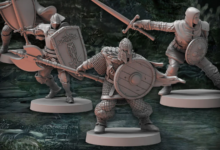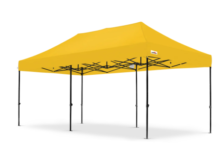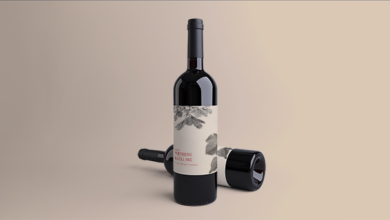
Is your Construction Site Secure??
Some people may be surprised to learn that construction sites are prime targets for theft, and there are numerous examples of contractors who have had to hire construction security specialists to avoid vandalism, theft, and even physical abuse on their sites. Because trusting people’s good intentions is not always possible, it may be worthwhile to budget for security services when working on a building site.
On the construction area, a project manager is a busy person, taking care of a variety of elements such as the schedule, the weather, the quality of the work, and so on. Having all this on his mind, he should be least bothered by the site security, which includes staff safety as well as the risk of theft and arsenic. However, before investing in security, it is usually a good idea to sort yourself out with some important points such as,
Table of Contents
Access Management
Construction project security entails much more than simply patrolling the site when no employees are present. At these sites, access management during working hours is a major challenge. Construction sites will be visited by solicitors and a large number of job hopefuls in today’s economic climate. The superintendent and his foremen would waste half of their day dealing with solicitors and job seekers if a security guard did not manage access to the site. Furthermore, the majority of copper, cable, tool and material theft on these sites occurs during the day, when workers are preoccupied and the site is unattended.
Night Time Security
Because the property is abandoned and an easy target for theft and vandalism, a security company must provide security services at night. Construction areas frequently store tools and supplies worth hundreds of thousands of dollars. Construction security officers must be exceedingly alert and visible at all times. They must constantly patrol the location, not only to catch possible criminals but also to keep them from choosing the place as a target.
Proper Lighting
The location should be designed as an open space with a perimeter fence and proper light during the day and night. The barriers should be at least 7 feet high to prevent passers-by from seeing the building site and the valuables on it. Lighting should also be provided around the site, including around the perimeter, within the structure, and at the site’s entry and exit.
Construction Guards
The security officer patrolling the site will provide foremen, superintendents, and project managers the peace of mind they need to focus on the construction while knowing that the site’s safety and security are in good hands. While a security company’s major business is providing security guard services to these sites at night, many will also require guards during the day. They will regulate parking and keep a record of site visitors in addition to access control. In many circumstances, construction guards will be in charge of making sure that both visitors and construction employees adhere to security protocols. The officer will handle all the various jobs and distractions that may arise throughout the day, allowing construction workers to concentrate on their primary tasks.
CPTED
Have you ever heard of CPTED? Another title for it is “crime prevention through environmental design.” For the duration of the construction project, the project manager should have a security plan in place, which should include construction security services. Environmental features are crucial for deterring potential criminals and should be regarded a separate construction security service with CPTED in mind. Simply ensuring that CPTED is implemented in some way will dissuade criminals from approaching the building site. A burglar will be well aware of their surroundings due to lighting, personnel positioning, storage arrangement, fencing, and CCTV surveillance.
The Bottom Line
A reputable security business with an effective security concept and well-trained security guards will not only improve the safety and security at a construction site but will also make workers and managers more productive. In times when budgets are exceptionally tight, this will save the security firm a lot of time and money. R Group Security is a well-known Security Company Adelaide providing high quality and reliable security services to its clients. Call for details








